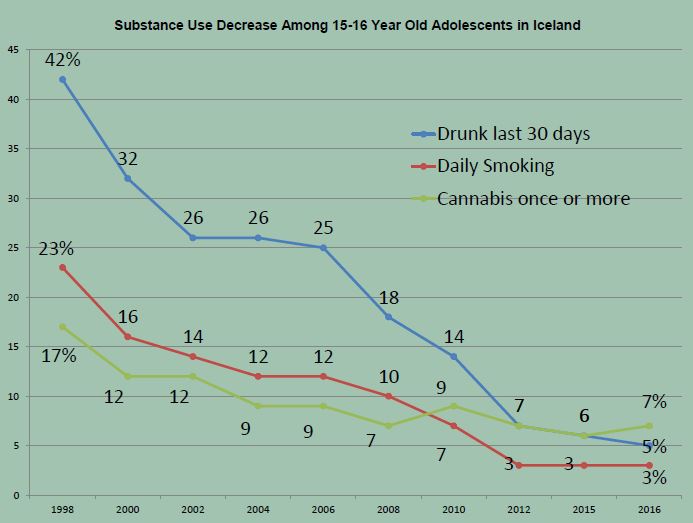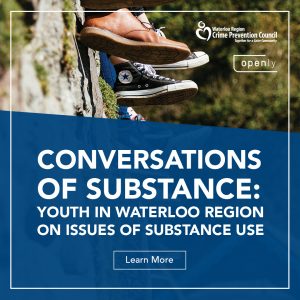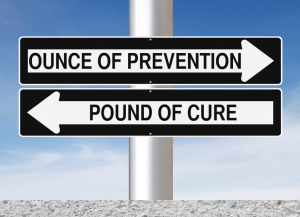Engagement
NEIGHBOURHOOD ENGAGEMENT
Safer Neighbourhoods
Neighbourhoods can be faced with many challenges that contribute to crime and fear of crime. To address these challenges neighbourhoods require:
• Citizen involvement
• Support of local leaders
• Partnership with service providers
• Access to basic means (e.g. a place to meet)
By working together, community members are mobilized, residents can build on local skills, and services can complement these efforts towards creating safer neighbourhoods.
Success Story
Residents of the Victoria Park neighbourhood in Kitchener worked through a trying year of community safety challenges and violence to make it a better place to live for their families.
The Integrated Model for Crime Prevention
“Who leads what & when?”
The Integrated Model For Crime Prevention identifies how neighbourhoods, law enforcement, service providers, policy makers and citizens can each play a vital role in finding solutions to community problems.
The model is based on a shared understanding that crime is a complex issue with roots in economic, social, cultural, family and individual conditions. It takes a comprehensive look at the prevention, intervention, recovery and renewal phases of crime. We know there is greater success when partnerships are present and citizens become engaged with creating solutions for their neighbourhood.
In 2002, Waterloo Regional Police, the Crime Prevention Council, and residents from neighbourhoods across Waterloo Region came together to develop this model for seamless and integrated crime prevention actions in neighbourhoods.
Integrated Model for Crime Prevention
YOUTH ENGAGEMENT
The Waterloo Region Youth Engagement Strategy (WR YES!) aims to address barriers to equity and engagement for youth in Waterloo region, particularly for youth farthest from opportunities.
WR YES aspires to improve the health and safety of all youth through universal, upstream prevention approaches with an intentional focus on youth farthest from opportunities and thus most likely to be systematically and disproportionately affected in multiple domains – morbidity and mortality, educational attainment, problematic substance use, crime, and victimization, etc.
Our Work
Conversations Report (Spring 2019)
This qualitative report features the voices of 33 youth who use substances within Waterloo region, part of an intentional and ongoing effort to engage people typically not included in policy-programming efforts,
An Ounce of Prevention (Fall 2018)
This report was developed to inform discussions on cannabis legalization and regulation, in the context of significantly higher rates of cannabis use versus our European counterparts. In particular, Ounce of Prevention drew attention to the near-absence of attention to, and funding for upstream prevention.
inREACH (2009-2013)

While we traditionally do a good job of serving those easiest to serve, those with more complex needs are often left out in the cold. Too often the “system” is an unforgiving experience that marginalizes those already at the edge.
A systems-level strategy to engage youth at the margins and at risk of crime and victimization has grown out of lessons learned from INREACH. This strategy seeks to ensure all youth have an opportunity to participate in community and enrich their quality of life- and future.
Youth Gang Prevention – inREACH (2009-2013)
inREACH was a federally-funded youth gang prevention program that assisted youth between the ages of 13-24 and provided supports in the areas of mental health, substance use, education, employment and family support. This was a collaborative project that worked with many social service organizations across Waterloo Region.
Sharing Our Story: Lessons Learner from the inREACH Experience is a summary of the Process and Monitoring Evaluation of the project. Trent’s Trajectory is an infographic outlining return on investment.
The Waterloo Region Crime Prevention Council (WRCPC) and Community Justice Initiative (CJI) are hiring youth (ages 17-24) for a 3 month paid commitment. We are looking to work with BIPOC youth leaders to lead, direct, and create the Crime Prevention Council of Waterloo Region’s Youth Engagement Strategy (YES!)
The Icelandic Model
Iceland has one of the lowest rates of substance use among youth in Europe, and rates approximately 1/3 of those amongst youth of a similar age in Ontario. Intentional and sustained funding for upstream prevention efforts has generated enviable results for communities in Iceland. Realizing a hybridized version of the Icelandic model is a key priority for the WR YES!

In 2018, the WRCPC together with the University of Waterloo’s School of Public Health invited Iceland’s Alfgier Kristjansson to speak with local leaders, academics and interested members of the public.

In the news
– Lisa Rutledge of The Cambridge Times spoke with Dr. Kristjansson about how the Iceland community model changed culture to prevent or delay youths from using drugs, including alcohol, here .
-Dr. Mark Pancer, a member of the WRCPC and Professor Emeritus of Psychology at Wilfrid Laurier University, wrote in The Record about Iceland’s effort and related upstream prevention initiatives here .
-Liz Monteiro of The Record spoke with Dr. Kristjansson here .
The Kitchener Public Library website contains key articles about Iceland’s approach here. You can watch Dr. Kristjansson’s presentation here.
Other Related Resources
PHO Grand Rounds: Planet Youth Lanark County: Community in Action
25 June 2019
Presenters: David Somppi, Brenda MacDonald-Rowe and Dr. Paula Stewart
https://www.publichealthontario.ca/-/media/event-presentations/grand-rounds-june-25-2019.pdf?la=en
PHO Grand Rounds: Improving Lives based on Evidence: Introduction to Planet Youth
21 May 2019Webinar
Presenter: Dr. Inga Dora Sigfusdottir
https://www.publichealthontario.ca/-/media/event-presentations/grand-rounds-may-21-2019.pdf?la=en
MUNICIPAL ENGAGEMENT
Municipalities play a key role in crime prevention. As the level of government closest to the people – responsible for policing, housing, social services, recreation and public works – municipalities are well positioned to work with local groups to establish effective community-based programs.
88% of Canadians consider being able to live in a safe and secure environment one of the most important aspects of their lives.
Many Canadian municipalities recognize the importance of developing strategies that enhance public safety and security through:
- Reducing the opportunities for crime to occur
- Developing programs to help the groups most at risk
- Improving the quality of life in neighbourhoods
- Providing public spaces that increase human interaction
- Engaging all youth in meaningful activities
(Adapted from “The Key to Safer Municipalities”, 2005)
In December 2003, over 125 practitioners, researchers and elected officials came together in Waterloo Region for the first ever Canadian Forum on Evidence Based Crime Prevention. The Agenda for A Safer Canada was developed at that time, as well as a fact sheet to provide research support for this declaration.


